 Plant Nature Study II
Plant Nature Study II
Plant Nature Study II
Plant Nature Study II

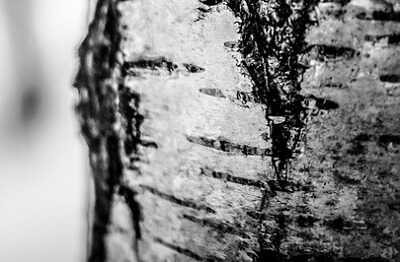
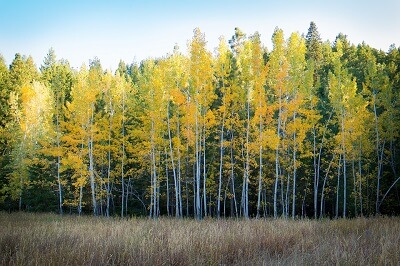
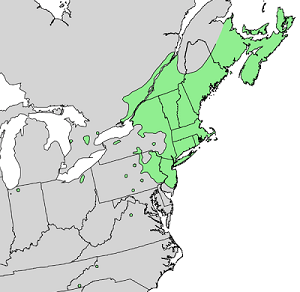
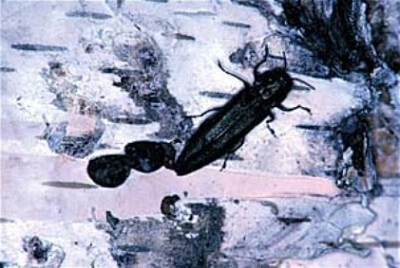
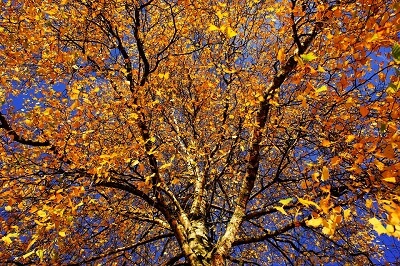
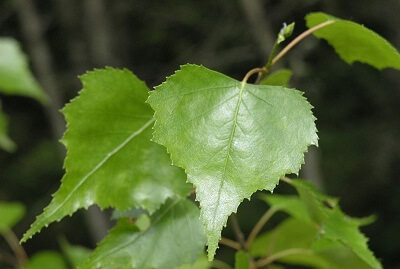

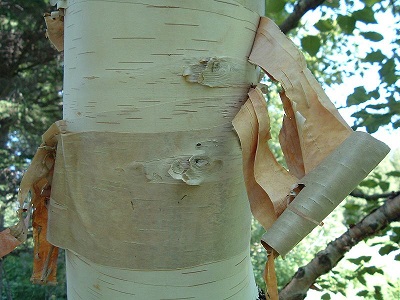
 Plant Nature Study II
Plant Nature Study II
Plant Nature Study II
Plant Nature Study II

Study the lesson for one week.
Over the week:
LENTICELS
Certain woody plants have pores in their trunks used for breathing.
Trees take in carbon dioxide gas (CO2) and expel oxygen gas (O2).
Birch trees have small raised horizontal lines on their trunks which are the lenticels.

Apples and other types of fruit have lenticel openings on their bottoms.
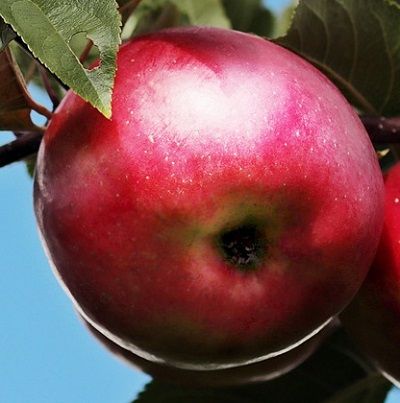
Plants require the carbon dioxide to generate energy using photosynthesis.
Activity 1: Narrate the Lesson
Activity 2: Study the Lesson Pictures
Activity 3: Take a Nature Walk
Activity 4: Complete a Field Book Entry

After your nature walk, complete page 10 in 'Science Field Book for Fourth Grade.'